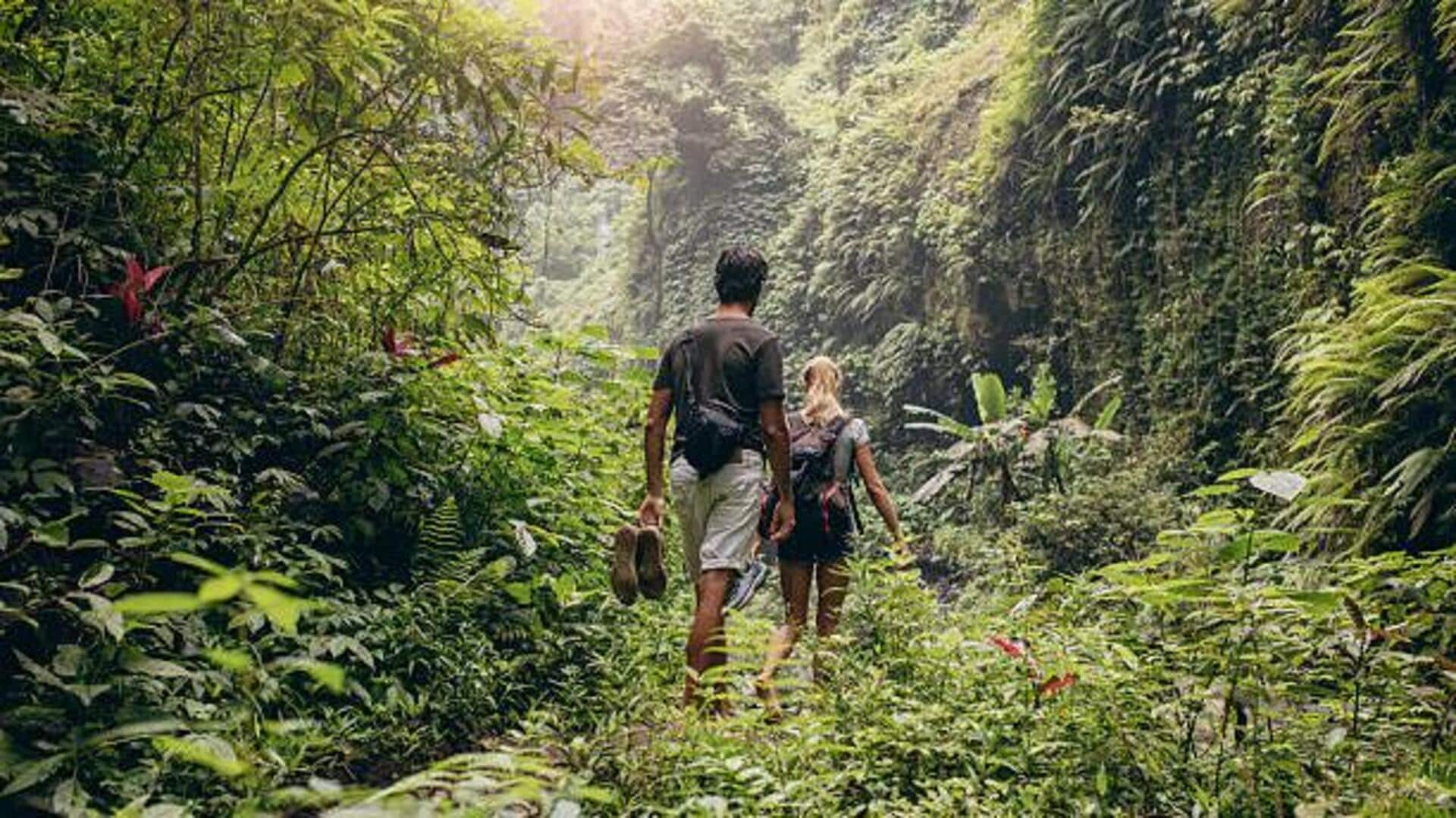
Jungle trekking 101: A must-try adventure
What's the story
Exploring ancient caves through jungle trekking is an adventure that combines history, nature, and physical challenge. These treks give you a chance to witness the beauty of untouched landscapes and the mystery of ancient rock formations. Whether you're an adventure junkie or a history buff, these treks will give you an experience unlike any other. Here are some insights into planning such an adventure.
#1
Choosing the right location
Selecting the right location is key to planning your jungle trekking adventure. Popular destinations include Southeast Asia and South America, where dense jungles meet ancient cave systems. Researching these areas will give you an idea of the terrain, climate, and accessibility. Each location has its own unique features and challenges, so it's important to choose one that matches your interests and skill level.
#2
Preparing for the trek
Proper preparation is key to a successful jungle trek. Start by packing essentials like sturdy footwear, breathable clothing, and plenty of water. A reliable map or GPS device is also crucial for navigation in dense jungles. Additionally, consider carrying basic first aid supplies and insect repellent to protect against potential hazards.
#3
Understanding cultural significance
Many ancient caves have cultural or historical significance, often tied to local communities or past civilizations. Before embarking on your trek, take time to learn about these cultural aspects. This knowledge can enrich your experience by providing context for the cave formations you will encounter and fostering respect for the sites you visit.
Tip 1
Safety tips for jungle trekking
Safety should always be a priority when planning a jungle trek. Always inform someone about your itinerary before heading out. Trekking with a group can also increase safety, as you can deal with unexpected situations better. Familiarize yourself with potential risks, such as wildlife encounters or sudden weather changes, and plan accordingly to minimize them.